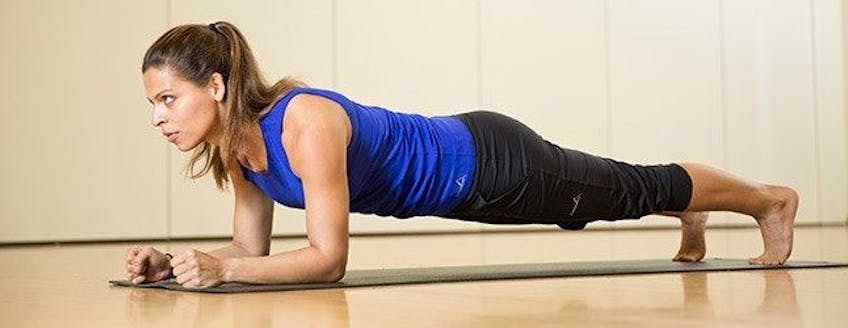What Effects Weight Loss?
When people say they want to lose weight, what they really mean is they want to get in shape either to be better at their sport or to look better. Three things can affect body shape; your bones, fat mass and muscle tissue and whilst we can’t change the bone structure we can make changes to the other two.
While your goal might be weight loss, we would suggest you focus on weight loss whilst maintaining muscle, as muscle supports your metabolism, frames your body shape, and can make exercise easier. The loss of muscle mass can occur whilst on a calorie restricted diet, but consuming protein can support the retention of muscle tissue.
To lose excess fat, do things the right way by following our 4 tips.
Calorie Consumption
It’s an easy calculation, less input and more output, however, the reality is not so clear cut. For weight loss an individual should create a calorie deficit, essentially burning more calories than you consume. This could be achieved by increasing the duration and frequency of exercise or by reducing your calorie intake. For the best results combine both approaches and aim for a negative calorie balance of up to 500 calories per day, which can result in a weight loss in the range of 1 to 2 pounds per week.
Don’t be tempted to create a greater negative calorie balance for more weight loss, as your new diet will be harder to sustain and you’ll soon fall back into your usual eating routines.
Eat the Right Foods
When controlling your calorie intake to lose weight it’s important that you feed your body appropriately; so make every calorie count.
Consuming foods like sweets, biscuits and alcohol provide very little nutrient benefit to your body, instead eat foods that are nutrient-rich, but not high in sugar and saturated fat. Aim for lean protein sources (fish, chicken, pulses), complex carbohydrates (oats, wild rice, wholemeal pasta) and essential fats (oily fish, nuts, avocado) and not forgetting your 5 a day of fruit and vegetables.
These foods all have one thing in common, very little or no processing has gone in to producing them. This means fewer added ingredients like salt, sugar and excess fat to help with taste and shelf life.
Protein Intake
Although you should be controlling your calorie intake, maintaining protein intake will help develop muscle mass. Aim to consume between 1-2 grams of protein per kg of body weight per day. You should consume this over 5 smaller meals/snacks per day (breakfast, lunch, dinner with snacks mid-morning and mid-afternoon), research has shown that the optimal protein consumption to be 20-40g every 3 hours.
As an example an 80kg man exercising 3 times per week would require approx 120g per day (weight x 1.5g/kg/BM/day), spilt over 5 meals/snacks would mean 24g of protein at each meal, equivalent to a chicken breast or 4 large eggs.
Exercise

Within the calories consumption section it was mentioned that you need to create a negative calorie balance for weight loss. An easy way to do this along with controlling calorie intake is through physical activity. Exercise burns calories, meaning you don’t need to restrict you calorie intake as much if you are more active.
Aim to combine cardio workouts (running, cycling, football) with resistance training (free weights, body weight) as the combination of training burns calories whist stimulating muscle tissue therefore aids weight loss whilst developing muscle.
Eat healthy, get active and start to see results of a new you!












